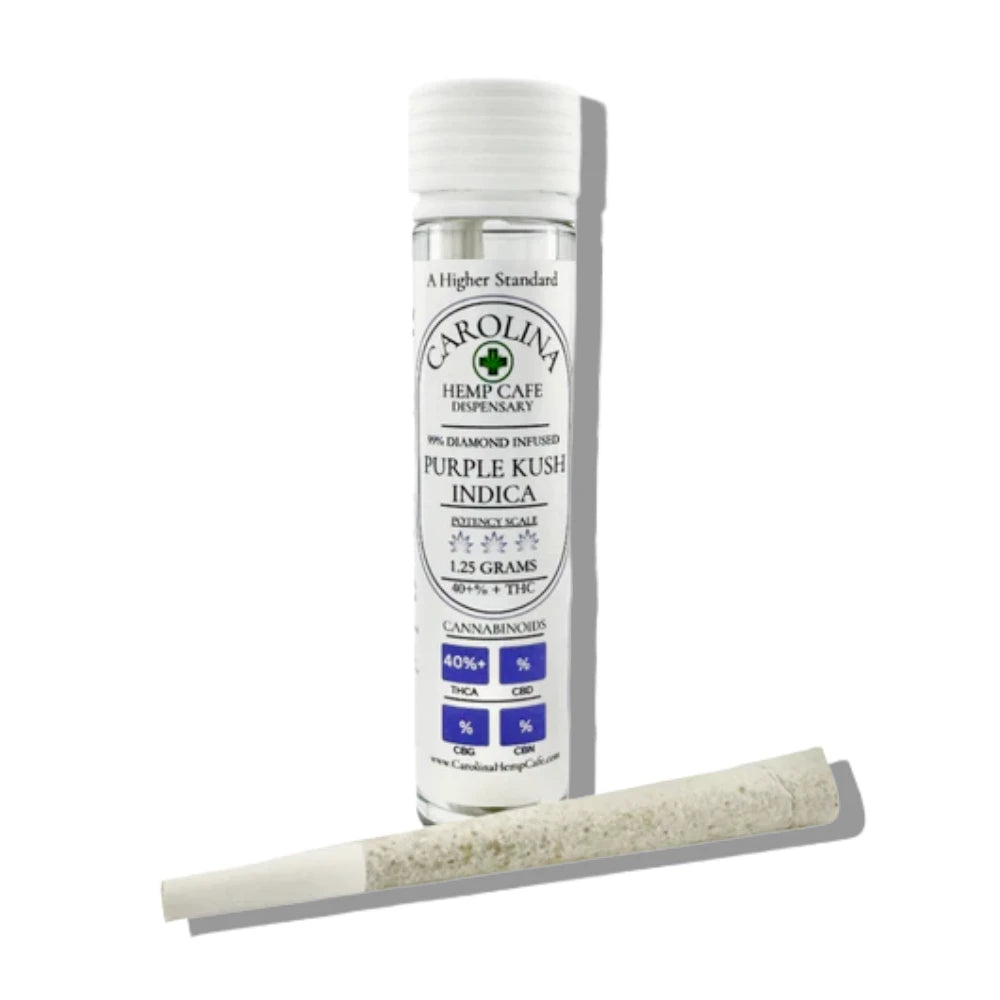Very impressived at how flavorful they are
Package came quickly everything that I ordered was in there 10 out of 10 would recommend
I HAVENT EVEN OPENED THE PACKAGING YET AND IAM IMPRESSED. YOU CAN TELL WHEN A COMPANY GOES BEYOND JUST THROWING SOME PRODUCTS IN A BOX AND SAY HERE. ALL MY MATERIALS WERE VACCUMMED SEALED, EVEN WHEN YOU OPEN THE BOX THERE IS A VERY NICE SHINY INTRO STICKER . IF THIS IS YOUR BUSINESS MODEL AND THIS IS THE WAY YOU TREAT ME EVEN BEFORE I BECOME A REGULAR.. i SAY YOU WILL LIVE LONG AND PROSPER IN THIS BUSINESS AND IAM 1000% PULLING FOR YOU.,. JUST EXCELLENT PACKAGE PRESENTATION AND I HAVENT EVEN OPENED ANYTHING YET!!
40 years and 40 nights since I done this.This is better today than yesterday.Worth the price, didn't expect this big of a feeling Gonna enjoy my day off.
Products are worth more than just what's out there today. High quality weighed correctly. Customer service is genuine and phenomenal!!!!







